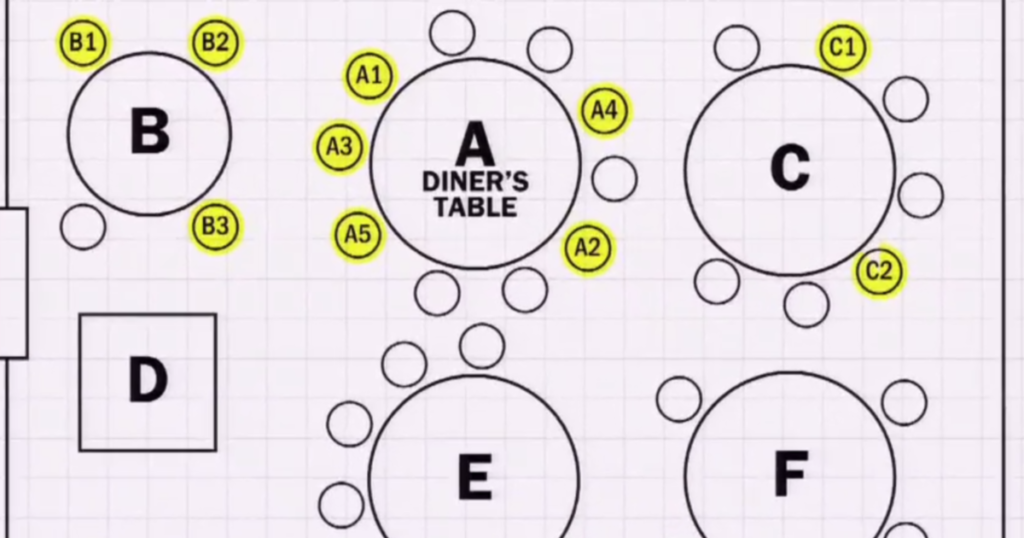Why did it take so long for public health authorities to concede that COVID-19 is primarily spread through aerosols?

A source of many problems with COVID-19 response even among public officials who didn’t just react with the indifferent nihilism that has mostly become Republican orthodoxy was the slowness of public health authorities to react to the evidence that COVID-19 was mostly spread through small, airborne respiratory particles. This led in places to measures and advice being simultaneously overbroad (bans on safe outdoor activities) and underbroad (most notably, not recommending or mandating masks during the crucial first months.) It’s probably unknowable, but I would love to know how many people in New York City lost their jobs because the subways were shut down every night for “deep cleans” that were expensive while providing virtually no value as COVID mitigation measures.
Zeynep Tufecki has a very good and historically rich essay on this question. It defies easy summary, although I think this is a key takeaway:
Another dynamic we’ve seen is something that is not unheard-of in the history of science: setting a higher standard of proof for theories that challenge conventional wisdom than for those that support it.
As part of its assessment of the virus’s spread, the W.H.O. asked a group of scientists last fall to review the evidence on transmission of the coronavirus. When reviewing airborne transmission, the group focused mostly on studies of air samples, especially if live virus was captured from the air, which, as mentioned above, is extremely hard. By that criterion, airborne transmission of the measles virus, which is undisputed, would not be accepted because no one has cultivated that pathogen from room air. That’s also true of tuberculosis. And while scientists, despite the difficulties, had managed to capture viable SARS-CoV-2 in three studies that I’m aware of, the review noted that the virus was detected only intermittently in general, disputed whether the captured live virus was infective enough and ultimately said it could not reach “firm conclusions over airborne transmission.” The lead author and another senior member of the research group previously said they believed transmission was driven by droplets.
The skepticism about airborne transmission is at odds with the acceptance of droplet transmission. Dr. Marr and Joseph Allen, the director of the Healthy Buildings program and an associate professor at Harvard’s T.H. Chan School of Public Health, told me that droplet transmission has never been directly demonstrated. Since Dr. Chapin, close-distance transmission has been seen as proof of droplets unless disproved through much effort, as was finally done for tuberculosis.
Another key problem is that, understandably, we find it harder to walk things back. It is easier to keep adding exceptions and justifications to a belief than to admit that a challenger has a better explanation.
Another interesting point is that Galaxy-brained Straussianism from public health experts predates Straussianism itself:
Dr. Chapin asserted in the early 1900s that respiratory diseases were most likely spread at close range by people touching bodily fluids or ejecting respiratory droplets, and did not allow for the possibility that such close-range infection could occur by inhaling small floating particles others emitted. He was also concerned that belief in airborne transmission, which he associated with miasma theories, would make people feel helpless and drop their guard against contact transmission. This was a mistake that would haunt infection control for the next century and more.
One conclusion I’ve drawn from this horrible more than a year is that there should be a strong presumption in favor of just telling the public the truth rather than trying to manipulate people with false or misleading claims under the assumption that this will lead to more virtuous behavior. We have enough trouble just evaluating the basic evidence, let alone trying to make complex eleven-dimensional chess psychological judgments about how the public will react. (Although, of course, the two points are related — Straussianism can be another way do avoid explicitly admitting that you were wrong on critical questions like whether wearing masks indoors or in close proximity outdoors would be effective at stopping the spread of COVID.) Anyway, definitely an essay worth reading.


